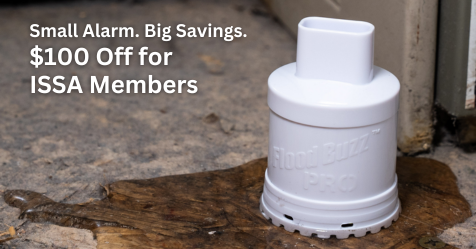Study Examines the Impact of Disinfectants on Asthma
As commercial and residential facilities undergo more frequent cleaning and disinfecting to help control the spread of the coronavirus, a study published in the Journal of Allergy and Clinical Immunology: In Practice found that people with asthma have less control over their condition due to the increased use of disinfectants, HealthDay reports.
Since the beginning of the pandemic, the U.S. Centers for Disease Control and Prevention (CDC) has recommended cleaning surfaces with soap and water followed by a U.S. Environmental Protection Agency- (EPA) registered disinfectant. However, these disinfectants can be harmful to people with asthma when they are used too frequently or improperly.
Kamal Eldeirawi, co-lead of the study and associate professor at the University of Illinois at Chicago’s (UIC) College of Nursing, explained that cleaning products can be respiratory irritants that cause inflammation and bronchial hyperresponsiveness. “Spending more time indoors may expose people with asthma to more environmental triggers for asthma symptoms. This prompted our interest in studying the impact of disinfectants and asthma control among those living with asthma,” Eldeirawi said.
UIC researchers surveyed 795 adults between May and September 2020 who self-reported that they have asthma, Newswise reports. The survey asked questions regarding their use of disinfectant wipes, sprays, and solutions. It also examined the frequency of the participants’ use of rescue medications to relieve asthma symptoms.
Survey results found almost 40% of respondents reported uncontrolled asthma in the past four weeks. Among those who reported using disinfectants more than five times per week, their use of these products increased:
- 138% for disinfectant wipes
- 121% for disinfectant sprays
- 155% for bleach and water solutions
- 89% for other disinfectant liquids.
The researchers concluded that individuals with asthma should be provided with safer cleaning/disinfecting options such as the guidance found on the EPA’s website. Professional cleaners servicing buildings where some of the residents may have asthma should follow disinfectant directions on product labels carefully, such as the proper dilution levels.


